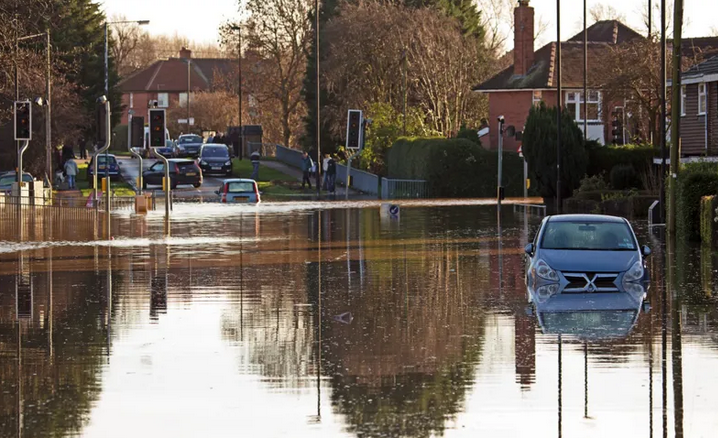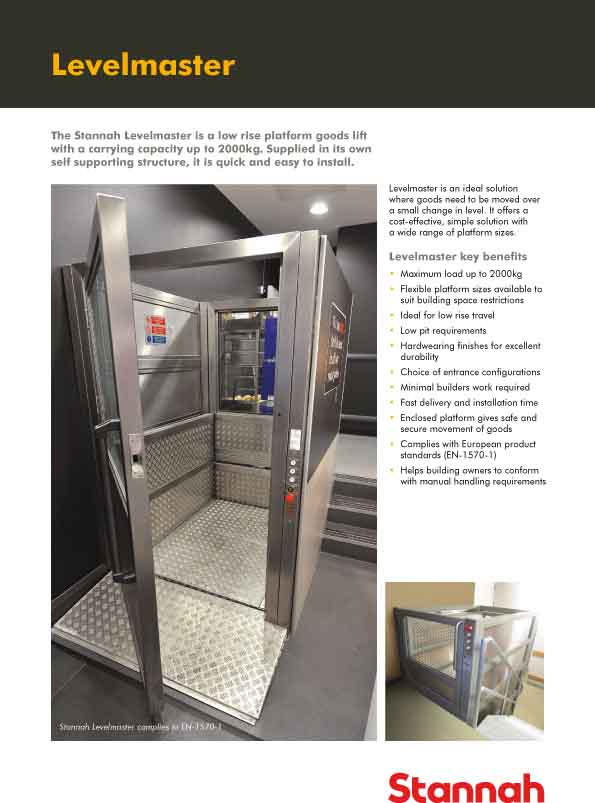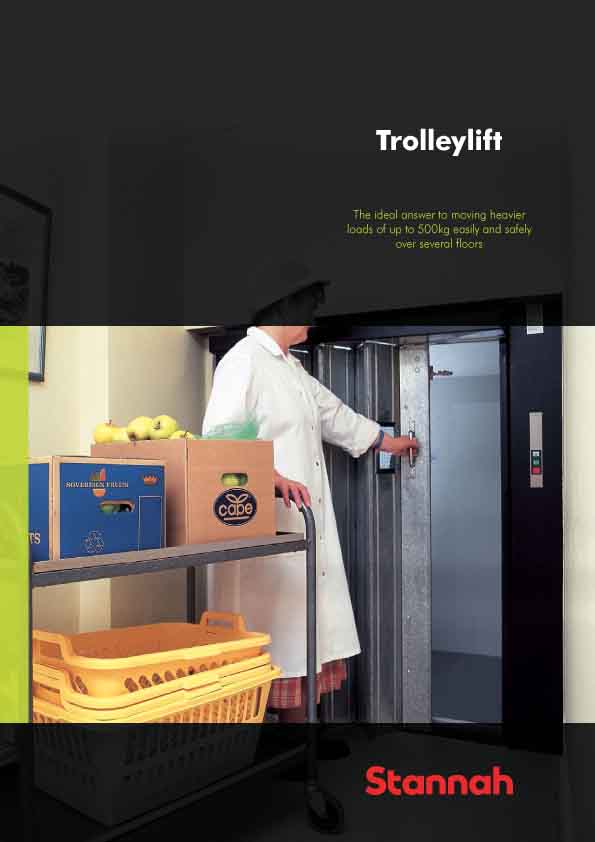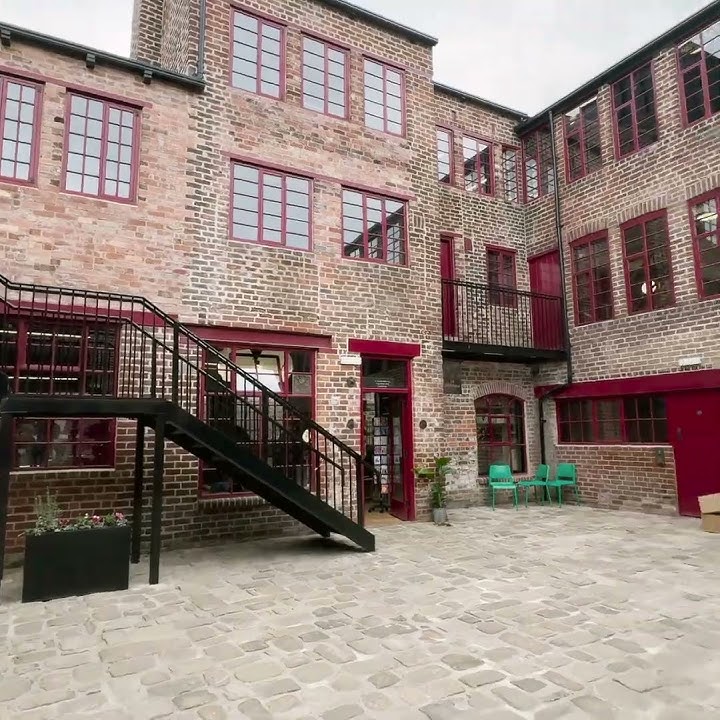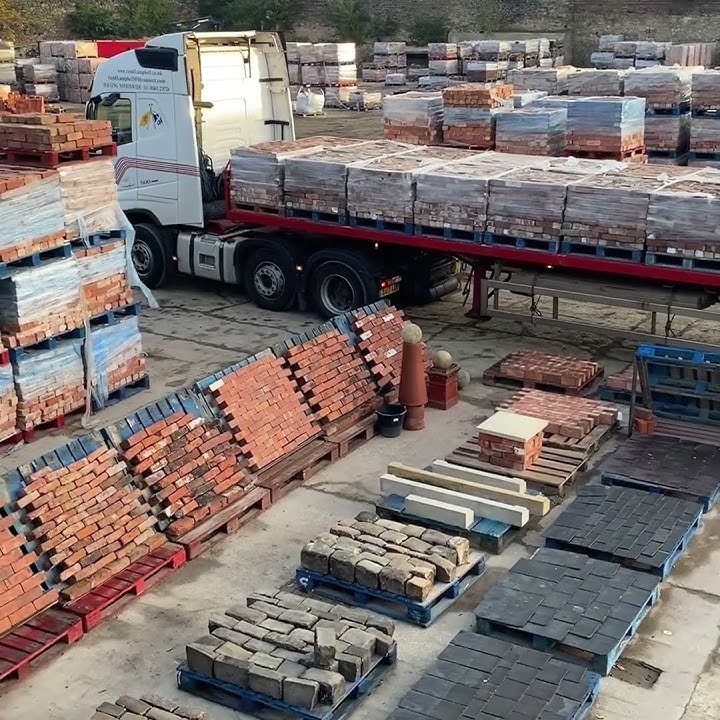The country’s climate advisors, the Climate Change Committee (CCC), have presented a new pathway to a decarbonised UK.
The CCC sets out how to achieve this by 2050, and what decisions need to be made in the coming years to ensure success.
It models that we must reduce emissions by 87% (compared to 1990 levels) by 2040 – and show how this is feasible.
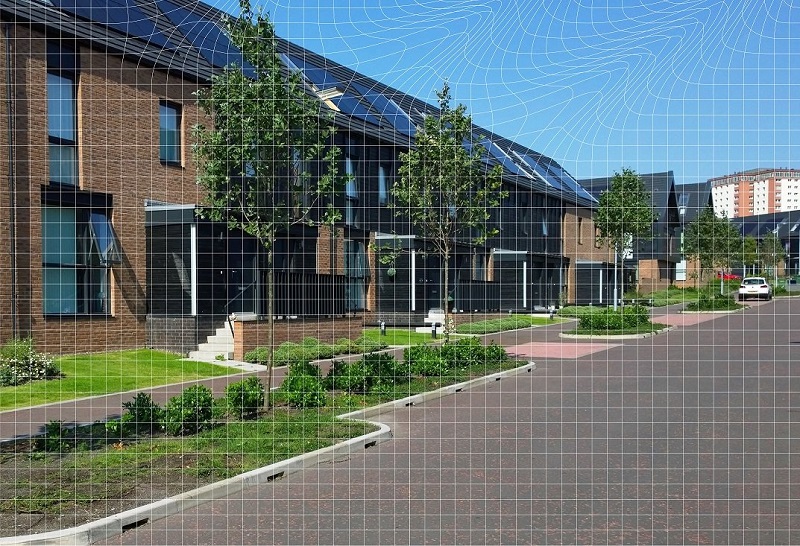
Key findings:
- Electrification makes up 60% of emissions reductions by 2040. This includes decarbonising the grid and replacing fossil fuelled cars and heating systems with electric alternatives (EVs and heat pumps). Globally, the world now invests almost twice as much in clean energy as it does in fossil fuels, with clean energy investment expected to reach $2 trillion in 2024.
- The roll out of the technologies required is similar to what has happened in comparable countries (Netherlands and Ireland) and previous technology roll outs in the UK (mobiles, fridges and internet connection).
- Investment this decade creates savings over time. These savings are realised on a cross-economy basis during the Seventh Carbon Budget period (2038 – 2042) and grow to 2050 and beyond. We also estimate the net costs of delivering this are 0.2% of GDP per year on average.
Delivering against this pathway will result in:
- Cheaper bills. By 2050, if our pathway is delivered against, annual household energy bills are predicted to be ~£700 cheaper than today, and household driving bills are predicted to be ~£700 cheaper than today*. The pathway includes investment and additional support for certain households.
- Energy security. Energy shocks have been responsible for over half of recessions since the 1970s. If the country decarbonises against our Balanced Pathway and there was a spike in gas prices like the one following Russia’s illegal invasion of Ukraine, average household energy bills in 2040 would be 15 times less sensitive.
- Private sector investment in infrastructure and new technologies. We estimate that the private sector funds on average 65-90% of the financing requirement from 2025 to 2050. Public spend per year in our estimates never exceeds 2% of total managed public expenditure.
Interim Chair, Professor Piers Forster, said: “The Committee is delighted to be able to present a good news story about how the country can decarbonise while also creating savings across the economy. For a long time, decarbonisation in this country has really meant work in the power sector, but now we need to see action on transport, buildings, industry, and farming. “This will create opportunities in the economy, tackle climate change, and bring down household bills.
“Our analysis shows that there is no need to pitch action on climate change against the economy. We will need Government and business to deliver the investment, but we are confident that this Seventh Carbon Budget offers a secure, prosperous future for the UK.”
Sector by sector breakdown of emissions reduction:
27% of the emissions reduction by 2040 comes from surface transport
We are already beginning to see EV sales have a measurable effect in reducing emissions. This will speed up over the coming years as prices fall and sales grow, with fully electric options accounting for nearly all new car and van sales by 2030 and making up over three-quarters of the fleet on the road by 2040.
14% of the emissions reduction by 2040 comes from homes (residential buildings)
Supply chains and the workforce of trained installers for low-carbon heating should scale up through the 2020s so that all new and replacement home heating installations are low carbon (mainly heat pumps) by the middle of the next decade.
12% of emissions reductions by 2040 comes from electricity supply
Demand for electricity will increase, especially during the 2030s, driven by the switch to EVs and heat pumps. To meet this growth and decarbonise the system, low-carbon generation is rolled out quickly. Offshore wind forms the backbone of the future system.
11% of the emissions reduction by 2040 comes from industry
The largest share of emissions reduction comes from electrification of industrial heat processes. Carbon capture and storage is important for tackling process emissions and should be targeted at industrial subsectors with limited alternatives. Hydrogen will play a small but important role in subsectors which may find it hard to electrify.
7% of the emissions reduction by 2040 comes from agriculture and land use
Low-carbon farming practices and technologies, including livestock measures and decarbonising machinery, can achieve a substantial reduction in agricultural emissions. Reaching Net Zero across the agriculture and land use sectors also requires a reduction in livestock numbers, most notably to free up land to plant trees.
5% of the emissions reduction by 2040 comes from aviation
Growth in aviation demand is managed through ensuring that the cost of decarbonising aviation is reflected in the price of flying. The share of sustainable aviation fuel used increases gradually, with a growing portion of this coming from synthetic fuels in the 2040s.
24% of emissions reduction by 2040 comes from other sectors
Emissions reduce across fuel supply, F-gases, non-residential buildings, shipping and waste. Engineered removals also ramp up gradually from 2030 to reach required levels by 2050.








